Keeping A Traditional Dance Alive : An Homage to Kuda Pacu
Backstage at the ASEAN Tourism Forum 2025, a male dancer tightens the folds of his samping and adjusts his tanjak one final time before the curtain rises.
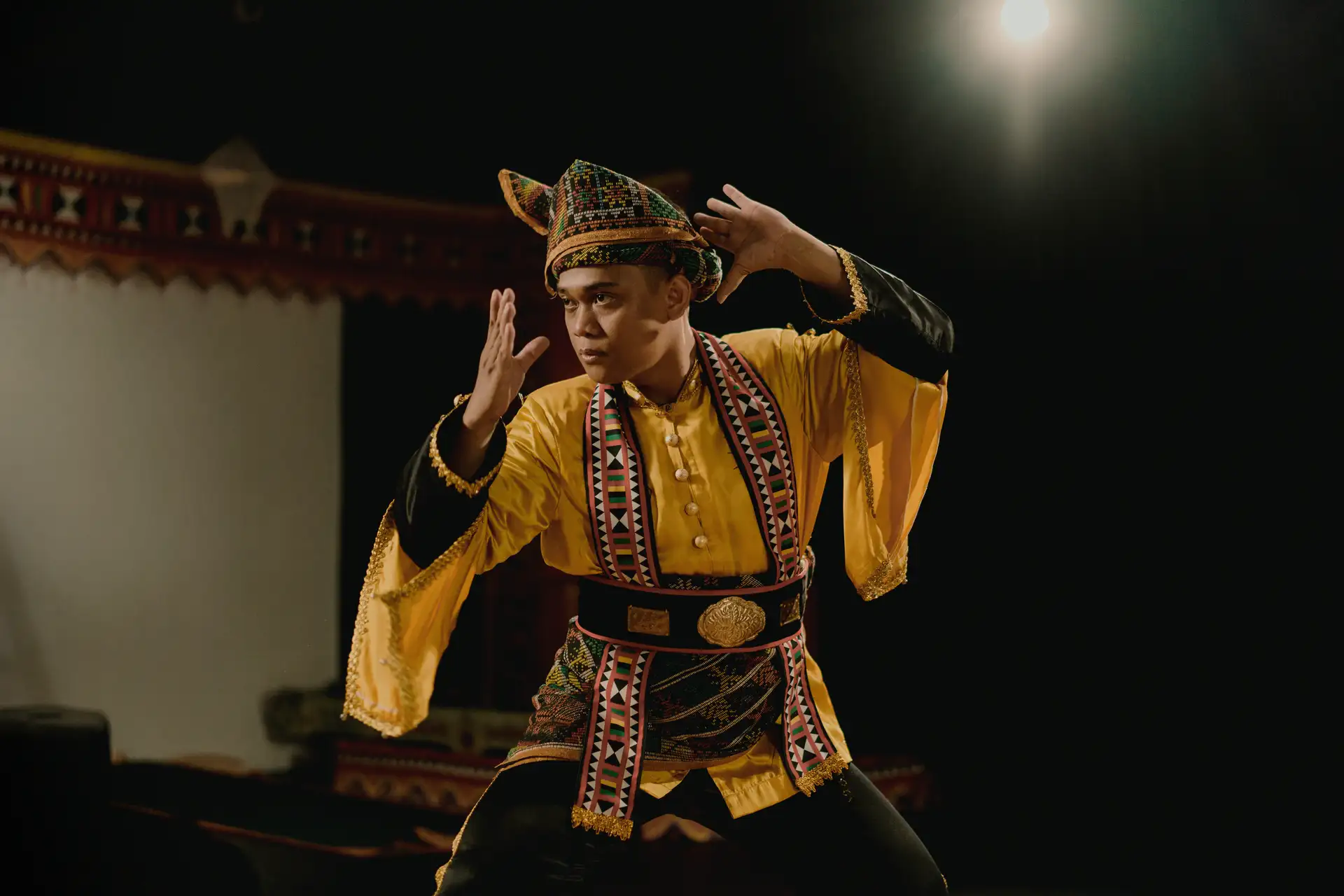
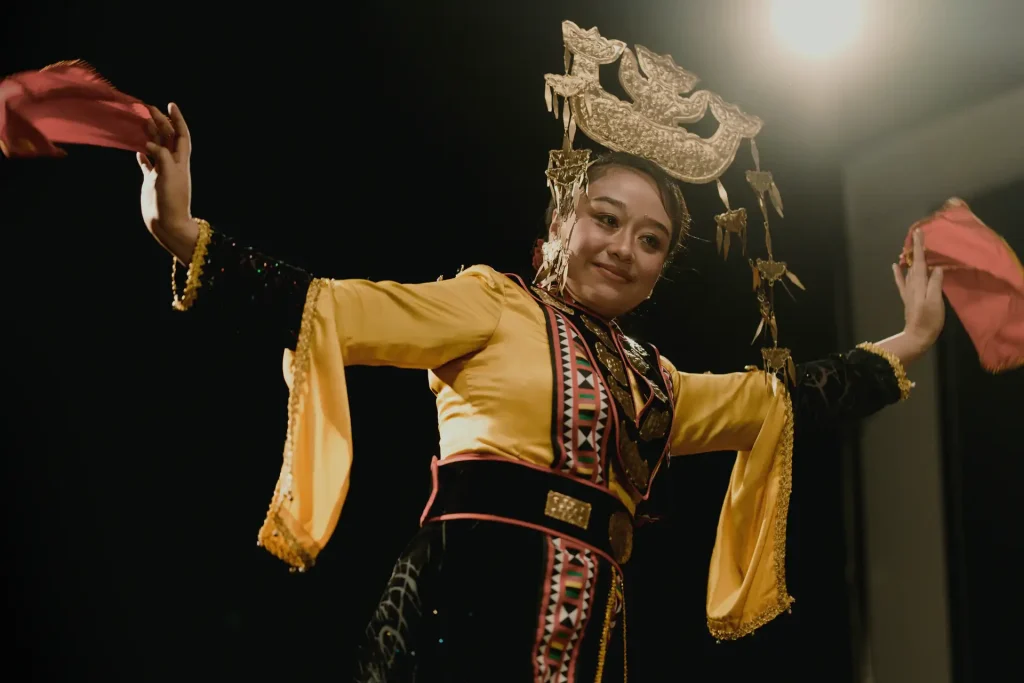
Beside him, a female dancer, adorned in mandapun — a collar-ornament made from silver and gold leaf — and a brass sarempak headpiece, readies herself with quiet focus.
As the first beats of the Tigad-tigad fill the air, they step into rhythm.
He leaps and stomps, each movement echoing the Bajau Samah horsemen racing across open fields.
She answers with a graceful sway, the slits of her sinapak blouse lending a touch of drama to each motion of the satin handkerchief between her fingers.
Together, their movements weave strength and softness, pride and belonging — echoes of a dance form born nearly half a century ago in Sabah.
First unveiled at the Tamu Besar Kota Belud in the mid-1970s, this Kuda Pacu dance draws from the famed equestrian skills of the Bajau men whom some call the Cowboys of the East. Some believe it is associated with warriors returning home after a long journey.
A signature move is its strong, grounded leg movements that mirror the physicality of horse-riding. The creation of this dance is attributed to master artisan, dancer, and martial arts practitioner Jeffry bin Oleh.
Beyond the Land Below the Wind
In recent times, the dance has found its stride in new places.
A passionate group of Sabahans who currently call Klang Valley home have shone a spotlight on the art form through Program Apresiasi Kuda Pacu. Spearheaded by Pertubuhan Seni Budaya Sabah, Kuala Lumpur dan Selangor (PERSENIBAH), it is an initiative to preserve the Bajau Samah heritage, especially among diaspora communities in Peninsular Malaysia.
Every element of this dance is a cultural treasure trove in its own right. Many details in the attire worn by its dancers are crafted from iconic textiles such as dastar and olos berangkit, hand-woven to perfection.
As the fabrics speak of ancestry and legacy, so does the music repertoire. The Betitik musical consists of the Tetawak or a Kulintangan set, the Bebandir (a type of small gong), ibu and anak (combination of larger and smaller gongs) as well as drums.
Preservation of these elements goes to the very crux of Arts for All Seasons (ArtsFAS), an annual grant programme powered by Yayasan Hasanah (“Hasanah”) in collaboration with the Ministry of Finance (MOF).
“Our focus is creating opportunities and platforms for the creative economy because we believe heritage arts and culture are the identity of a nation and its people,” explains Mukhlis bin Mohd Yusoff, Senior Executive of Arts and Public Spaces at Yayasan Hasanah. “This was also a good avenue to share and cultivate cultural understanding and appreciation (for Kuda Pacu) in Peninsular Malaysia.”
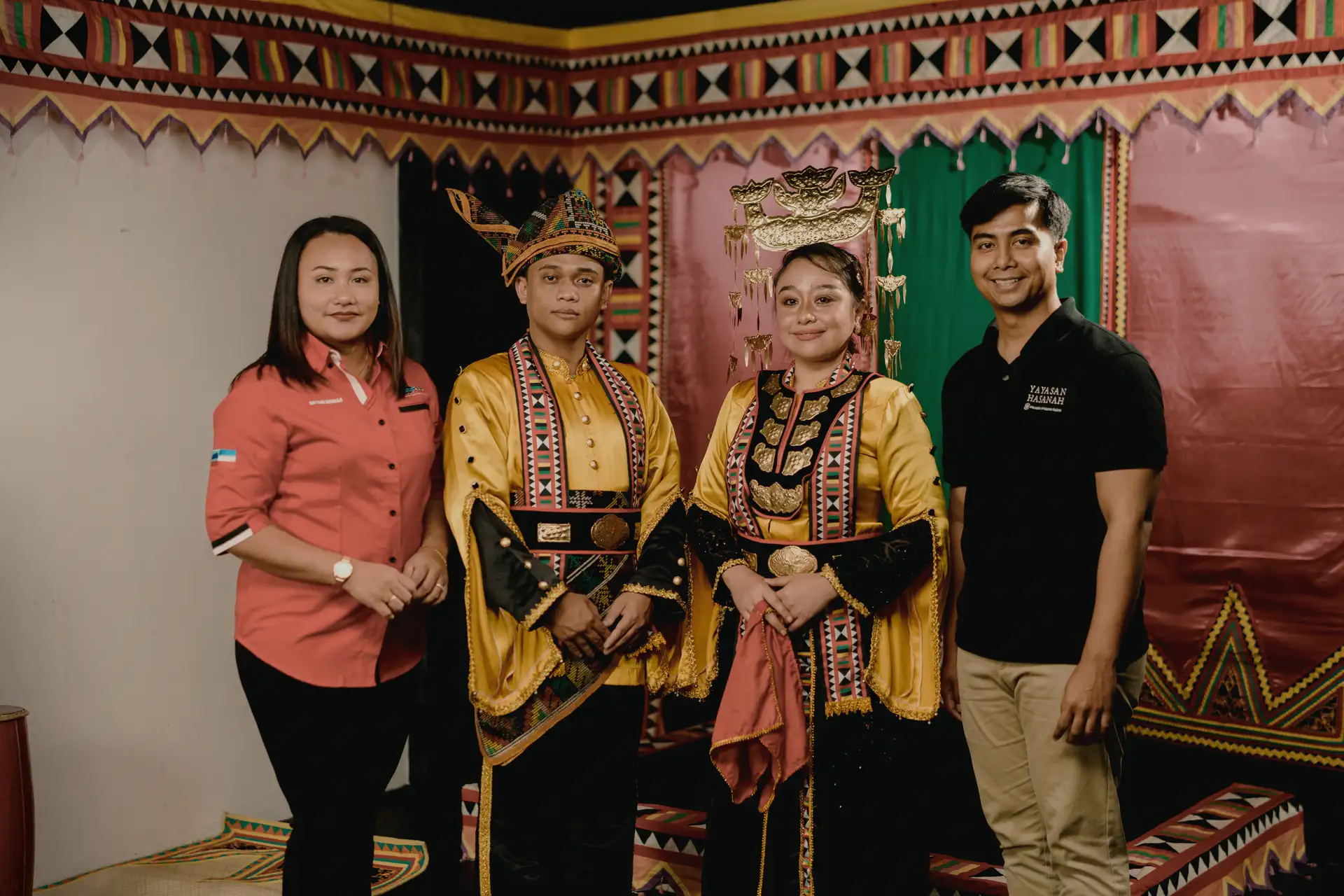
Our focus is creating opportunities and platforms for the creative economy because we believe heritage arts and culture are the identity of a nation and its people.”
Mukhlis bin Mohd Yusoff, Senior Executive of Arts and Public Spaces at Hasanah
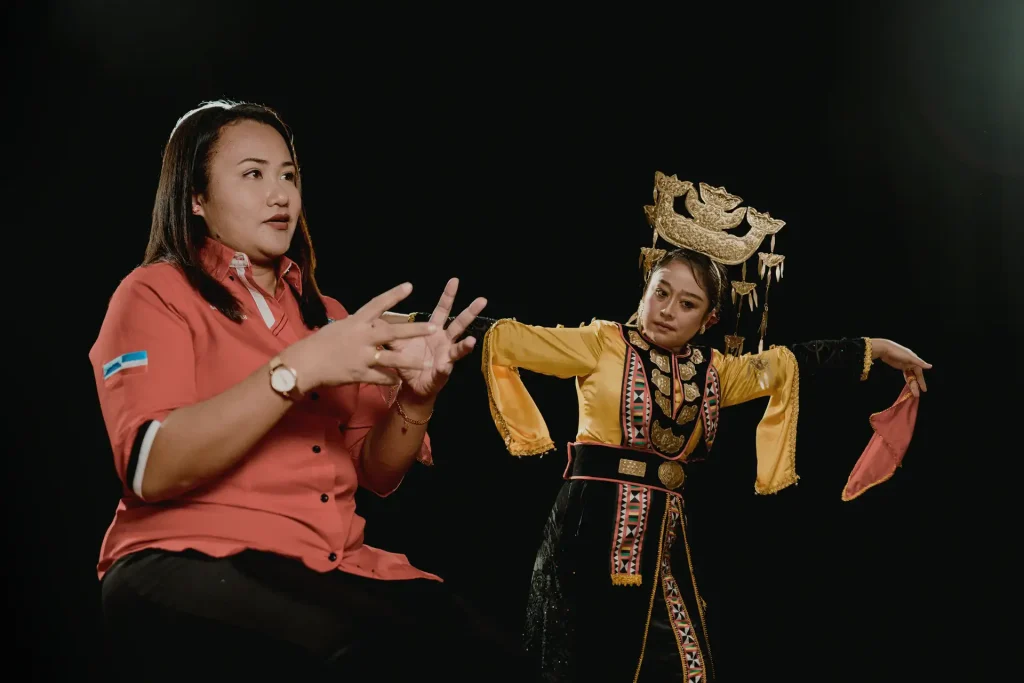
Rooted in Memory, Growing in New Soil
Dayang Norinah binti Datu Gastan, founder of the now 150-member strong PERSENIBAH, reflects on the significance of this cross-sector collaboration in helping this dance thrive.
“Funding assistance made it possible to bring Pak Jeffry to KL, a great opportunity for researchers to hear from the master himself,” she says, referring to the Bicara Seni panel discussion that was attended by 69 participants. It marked a vital step in documenting an art form where formal research remains scarce.
Her journey has long threaded through cultural service and education — beginning at Jabatan Kebudayaan dan Kesenian Negara, Sabah and now continuing at Akademi Seni Budaya Dan Warisan Kebangsaan (ASWARA). Through her business venture Dayang Entertainment, she continues to nurture new generations of performers.
Program Apresiasi Kuda Pacu featured a dance workshop, drawing over 100 participants, before culminating in a full-house dance competition, shares Noor Arleena bt Jamalluddin @ Jamal, who co-founded PERSENIBAH with Dayang in 2021.
Since its birth, the organisation has become a meeting ground for like-minded arts practitioners — a place where cultural heritage is not only preserved, but passed forward. Among them is Syafie bin Suwardi, better known by his stage name, Firas, a dancer whose journey began during his school days. He first learned Kuda Pacu in 2016, adding it to his growing portfolio that includes Magunatip and Sumazau.
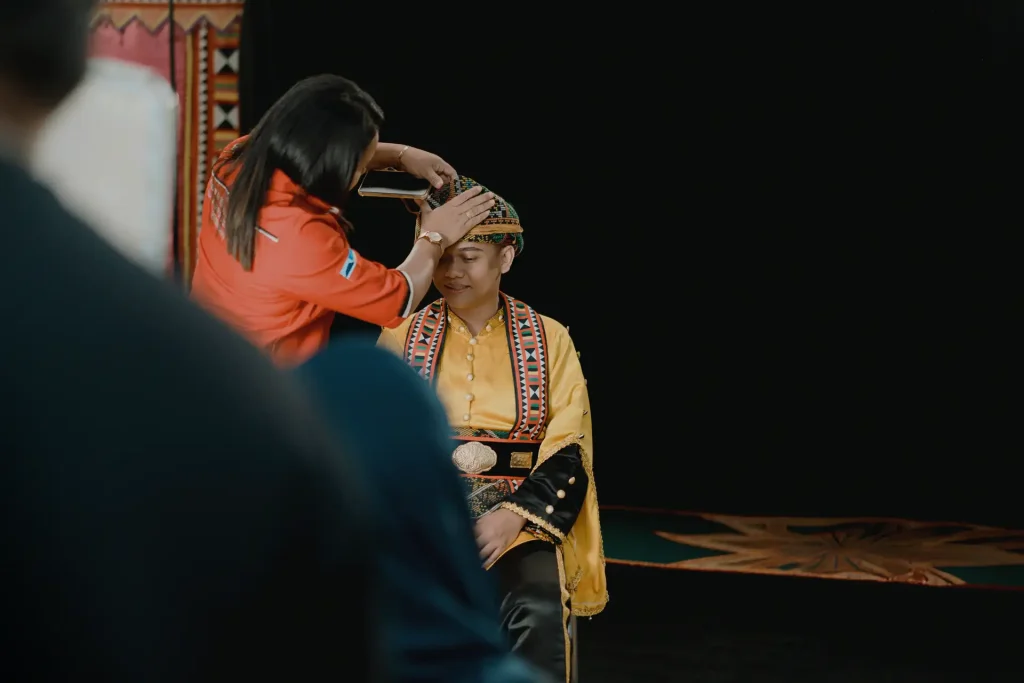
Like Dayang, he speaks of how the joy of performing before an audience is now enriched by the honour and responsibility of carrying a heritage beyond its birthplace.
Originally from Tuaran, and now completing his Bachelor of Dance degree at Universiti Malaya, Firas aspires to be an educator.
“Dance is not just a hobby but a promise of a bright future. This is why a formal education in dance is important to me,” he shares.
Ultimately, Firas’ hopes, PERSENIBAH’s mission and support from MOF and Hasanah are all threads in the same tapestry — some weaving momentum, others binding memory, and all essential to creating a beautiful masterpiece.
As for Dayang, the project is more than a series of performances or workshops — it is a tribute.
“It is a gift to the creator Pak Jeffrey, lovers of traditional dance, and anak-anak Sabah living away from home,” she says, marking not an end, but a promising beginning.
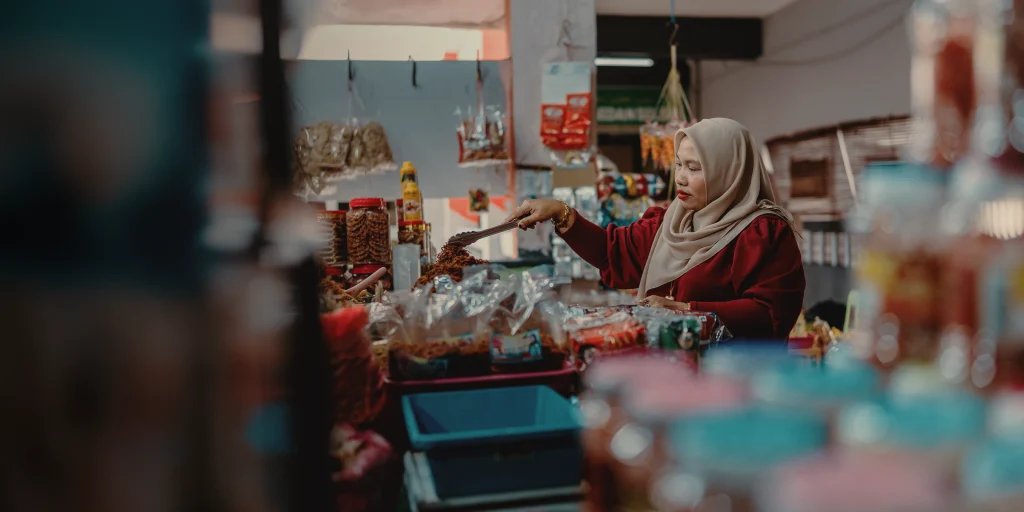
Breaking Tradition: Pasar Besar Siti Khadijah’s Digital Revolution
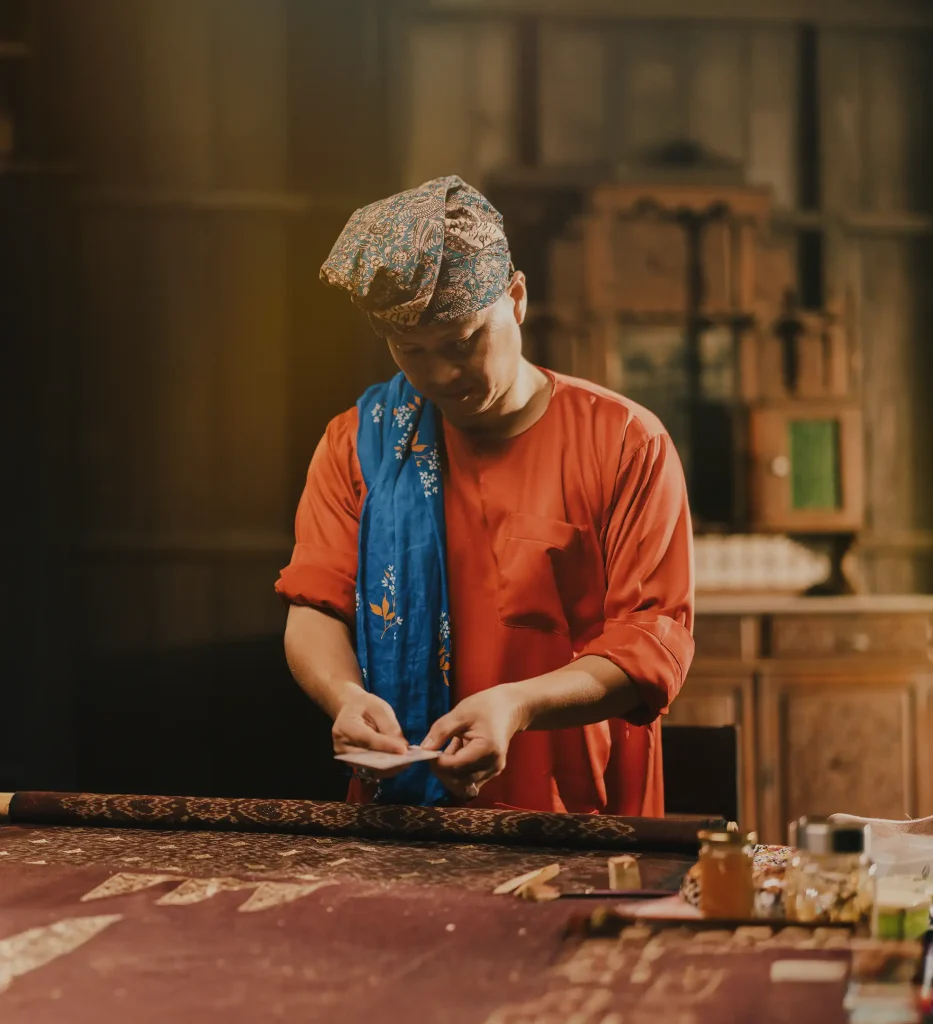
Weaving a Golden Legacy: The Revival of Telepuk in Terengganu
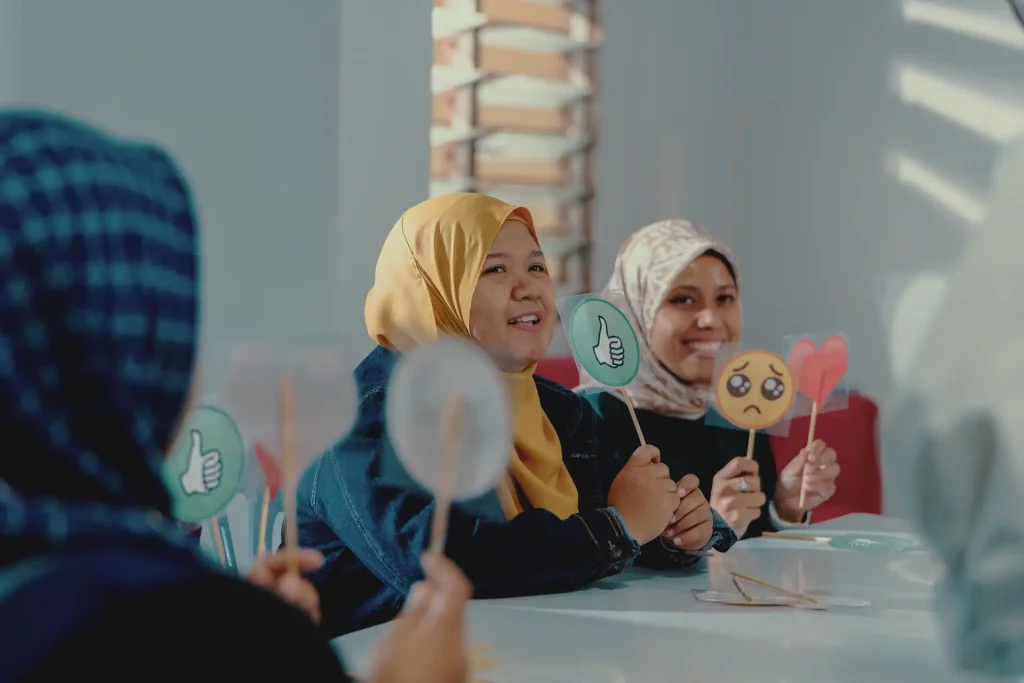
Mental Health Warriors of PPR Batu Muda
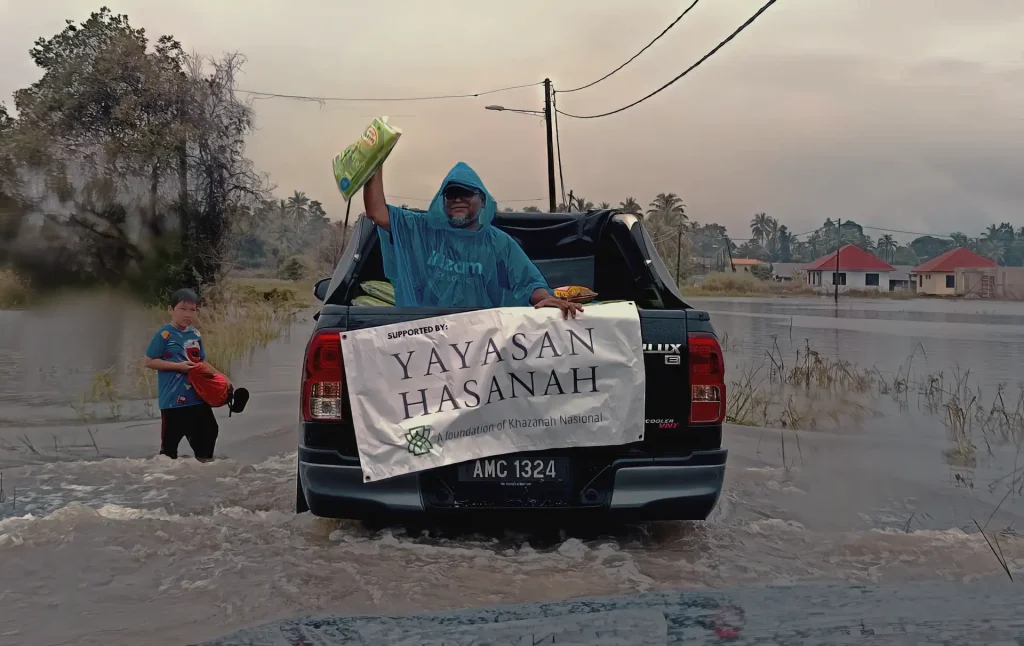
Everyday Heroes: The Malaysians Who Show Up in Times of Crisis
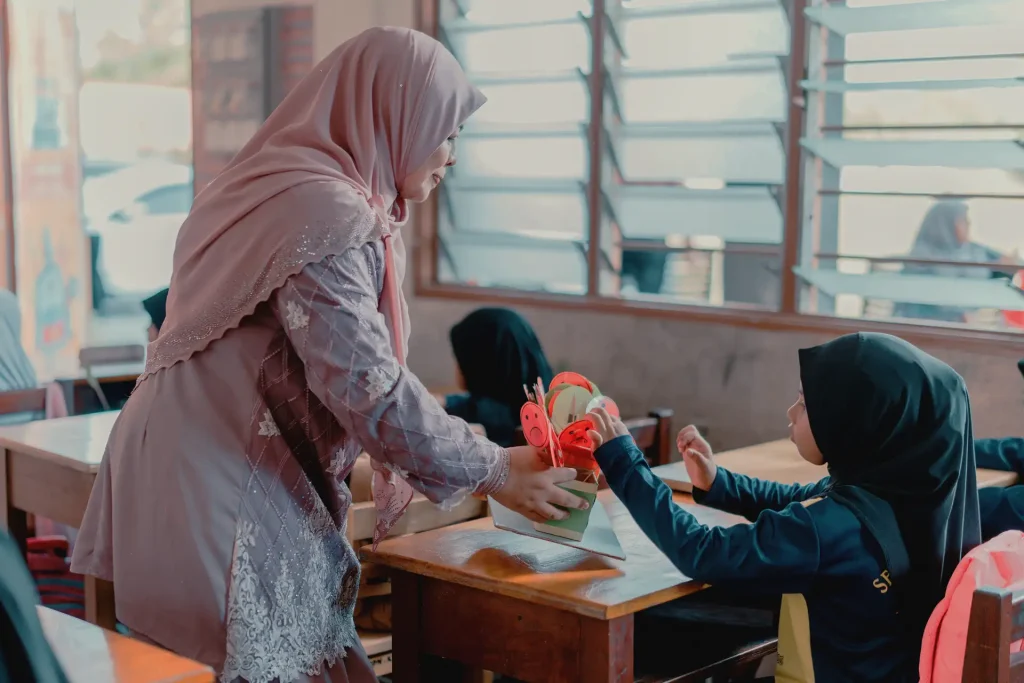
Breaking Taboos: Teachers Lead Kelantan’s Sexuality Education Revolution
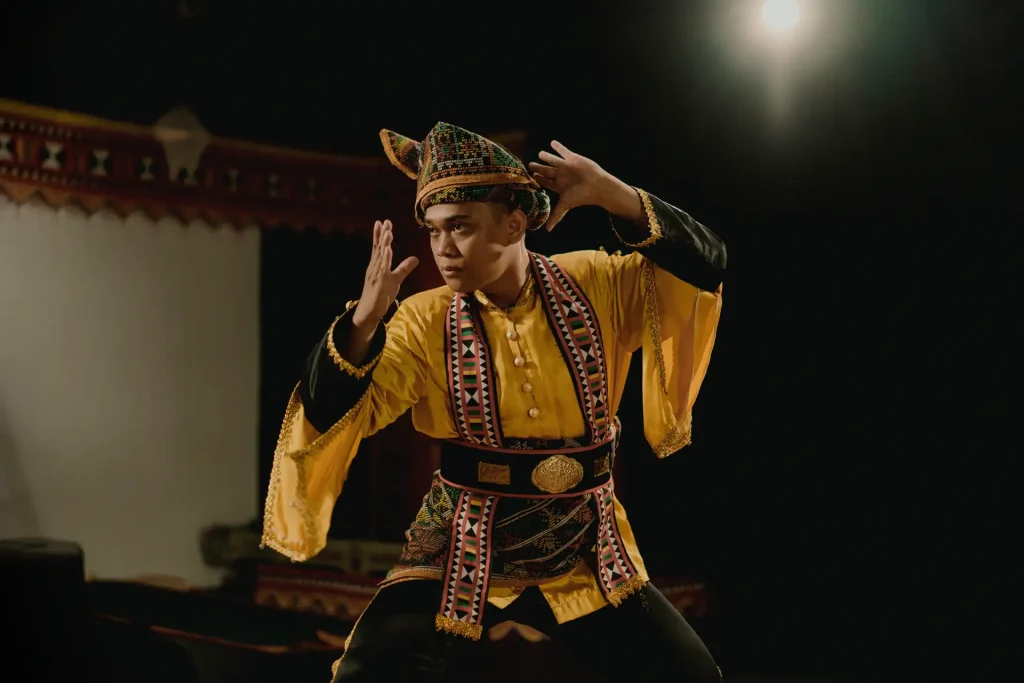
Keeping A Traditional Dance Alive: An Homage to Kuda Pacu
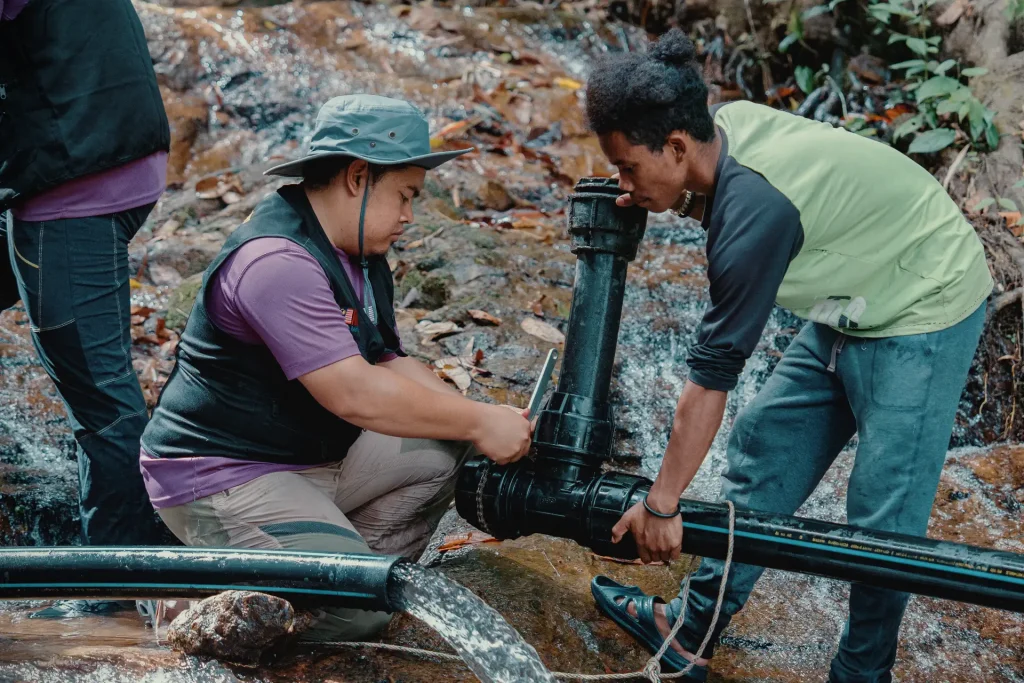
Darkness to Light: Water Access and Solar Power Transforms Perak’s Village
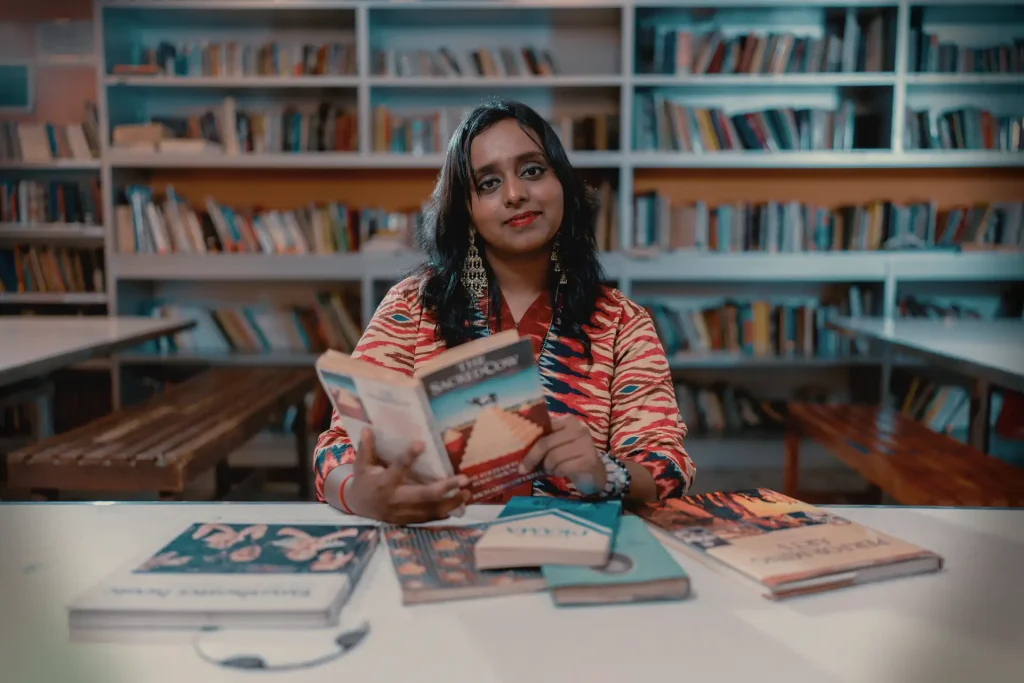
Abbernaa: From Classical Dance to Policy Research
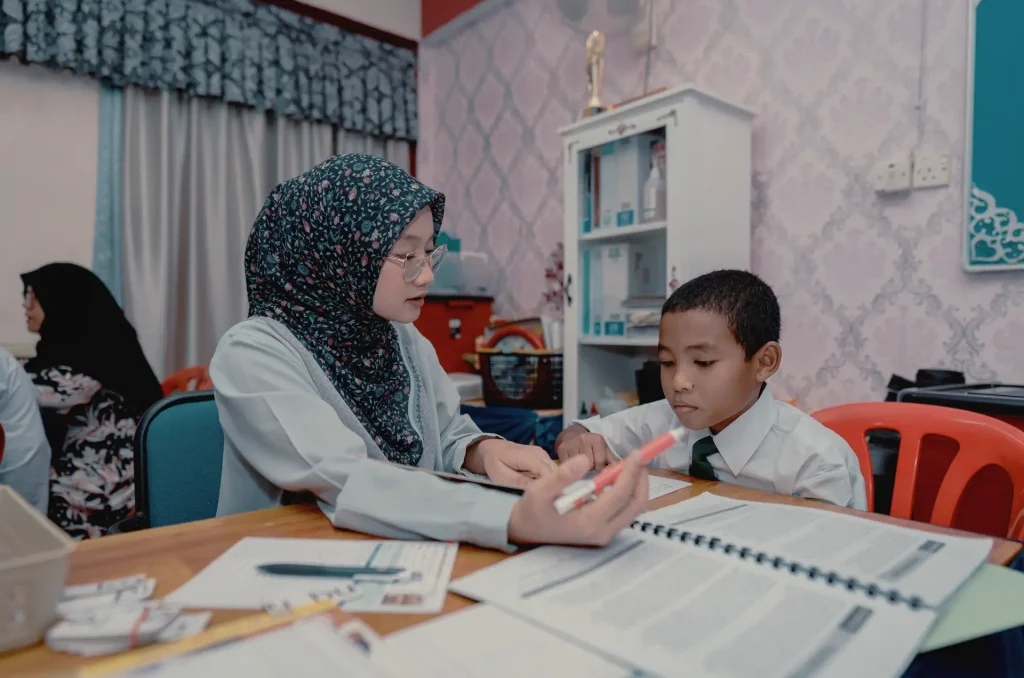
JomBaca: Driving Learning Recovery, Reigniting Dreams for Our Children
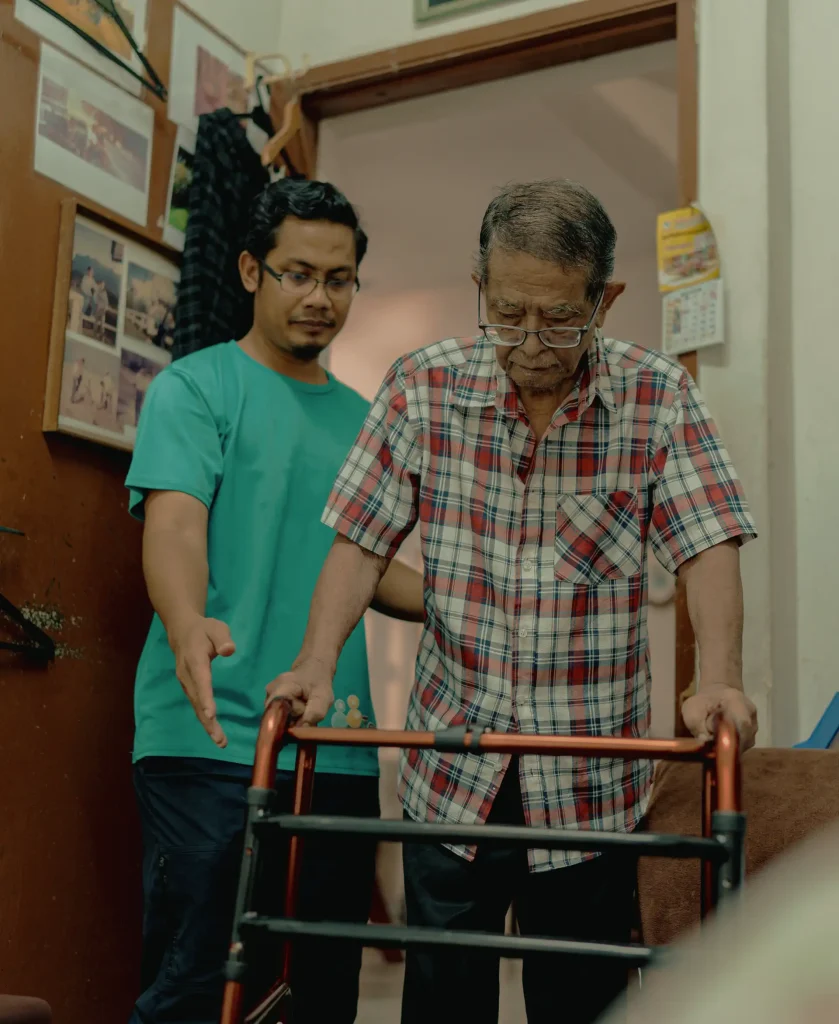
Teman: Fighting Loneliness in an Aging Malaysia
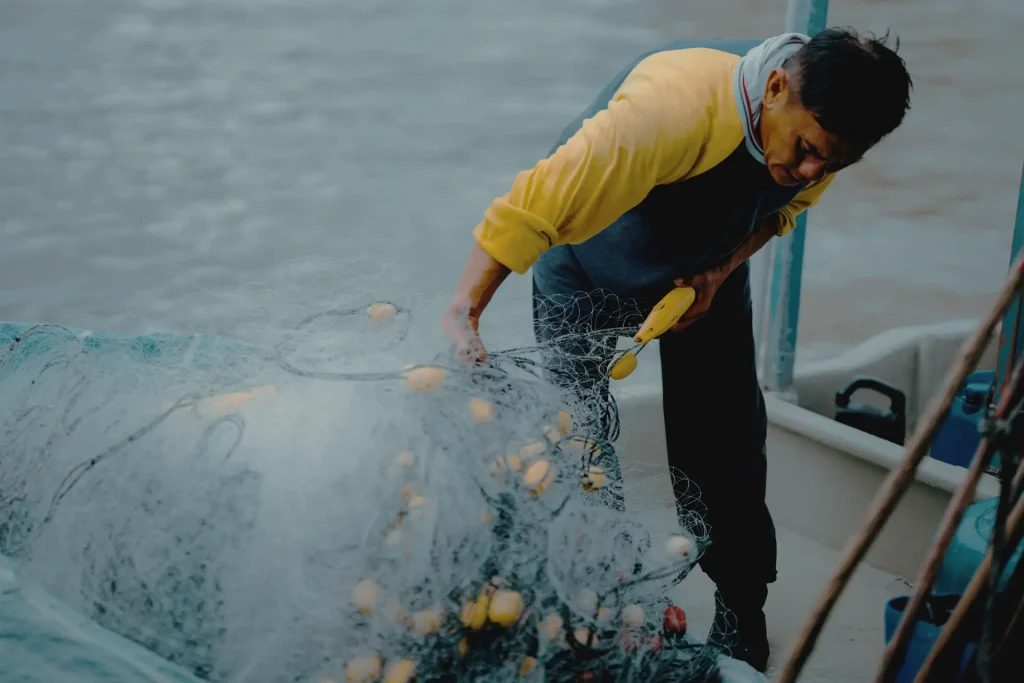
Net Positive: Fishers Protecting Marine Mammals
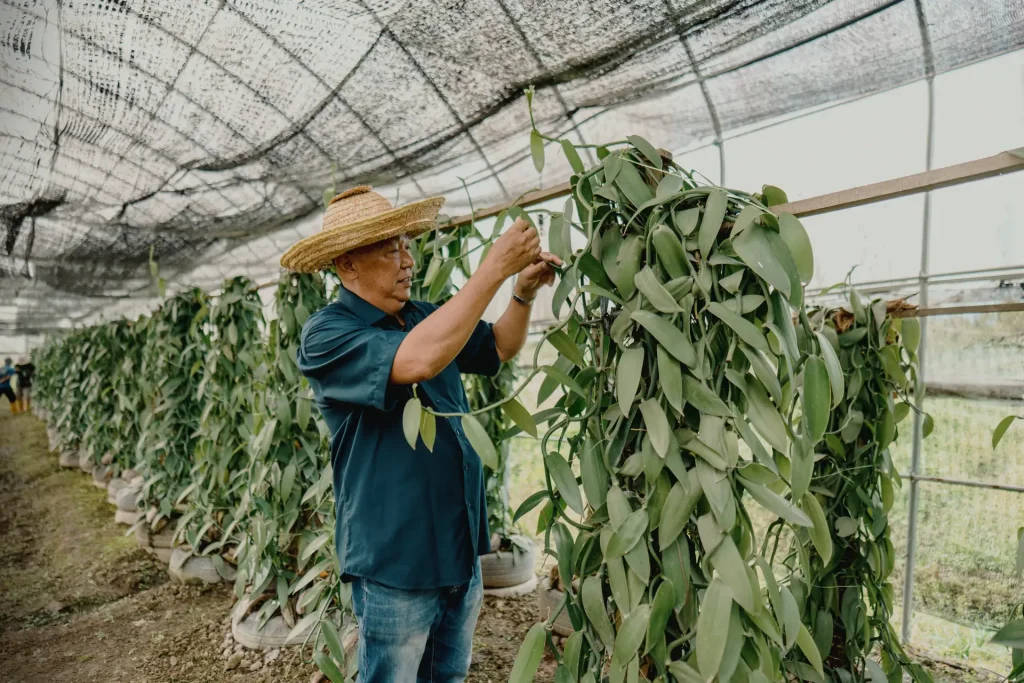
Vanilla Impact: Uncle Alfred’s Mission in Reviving Spice
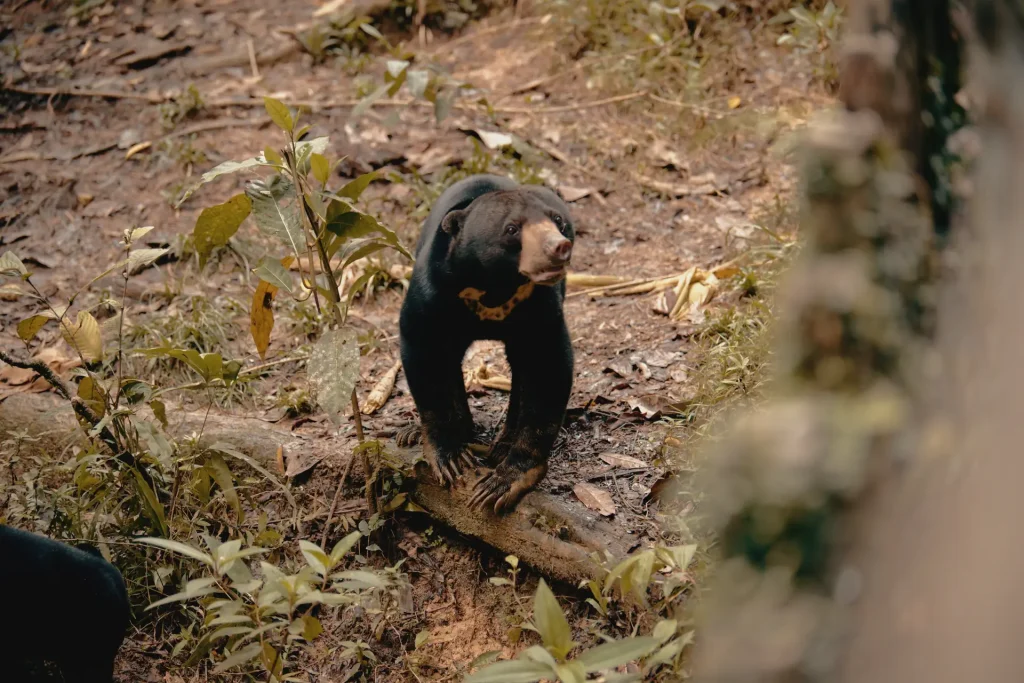
The Mission to Save our Bornean Sun Bear